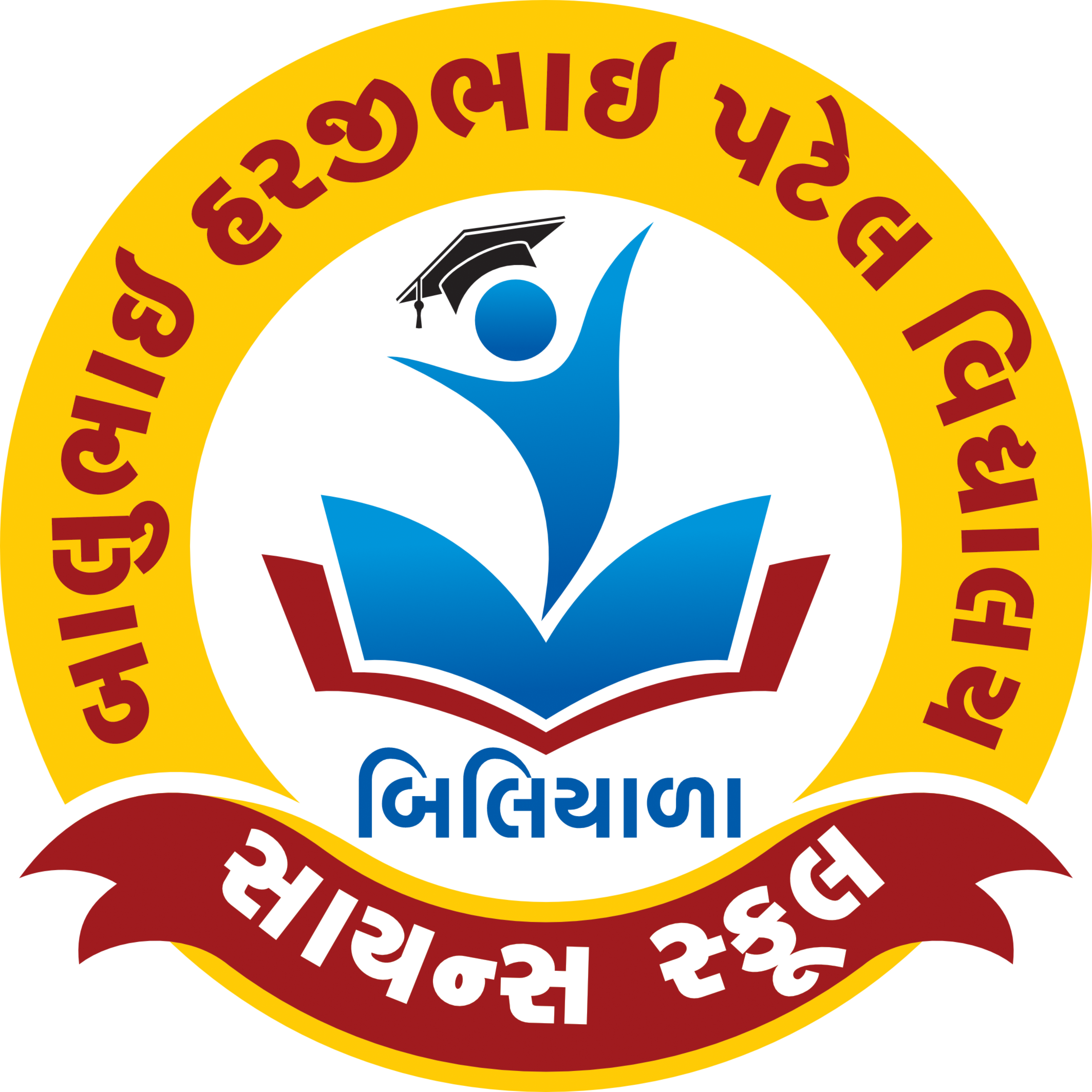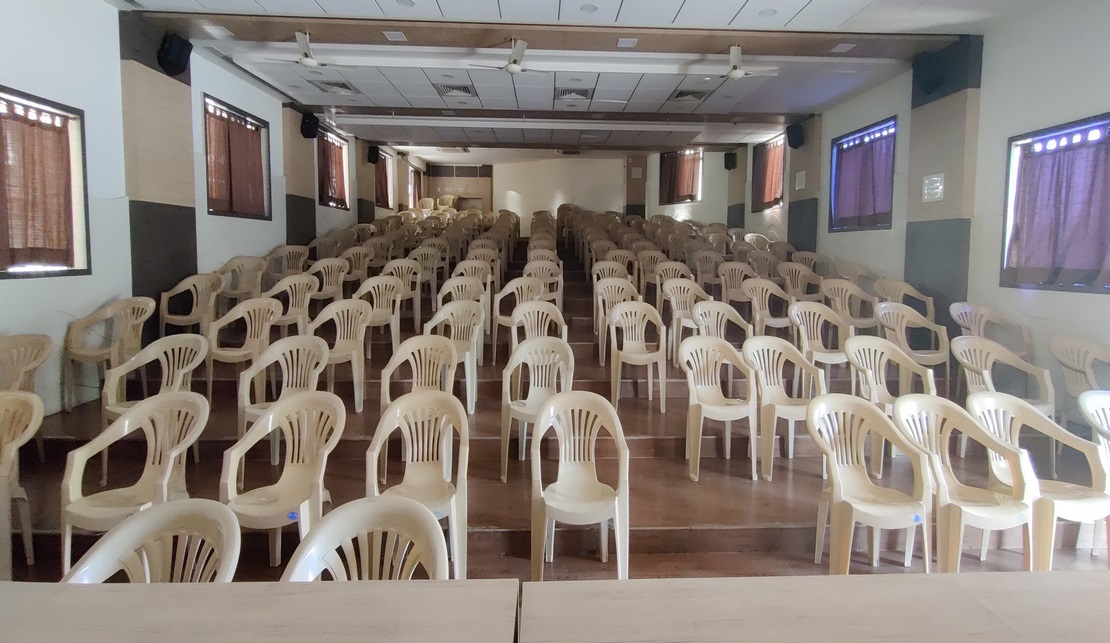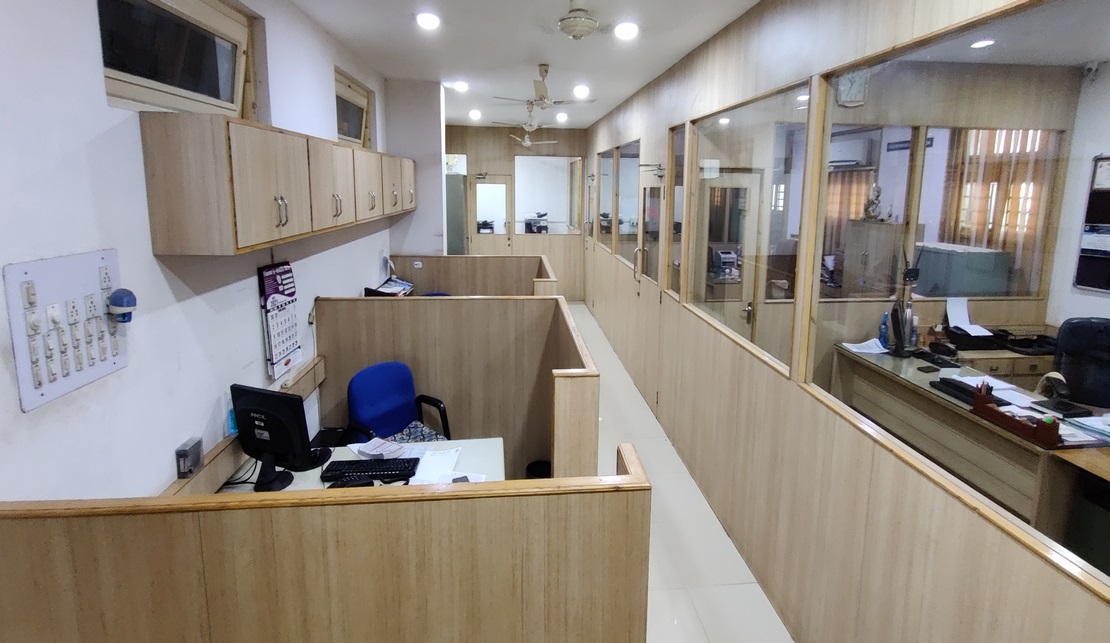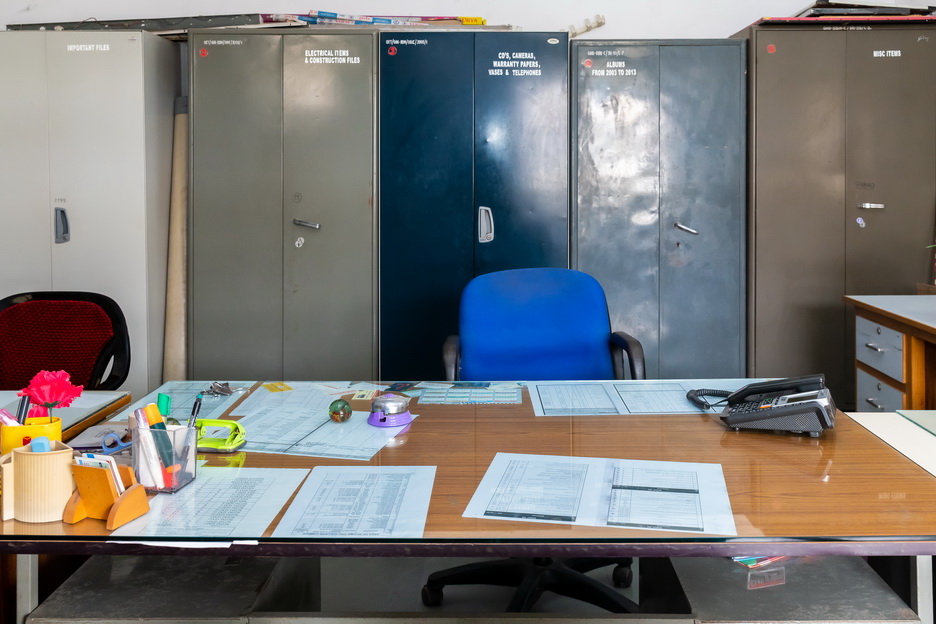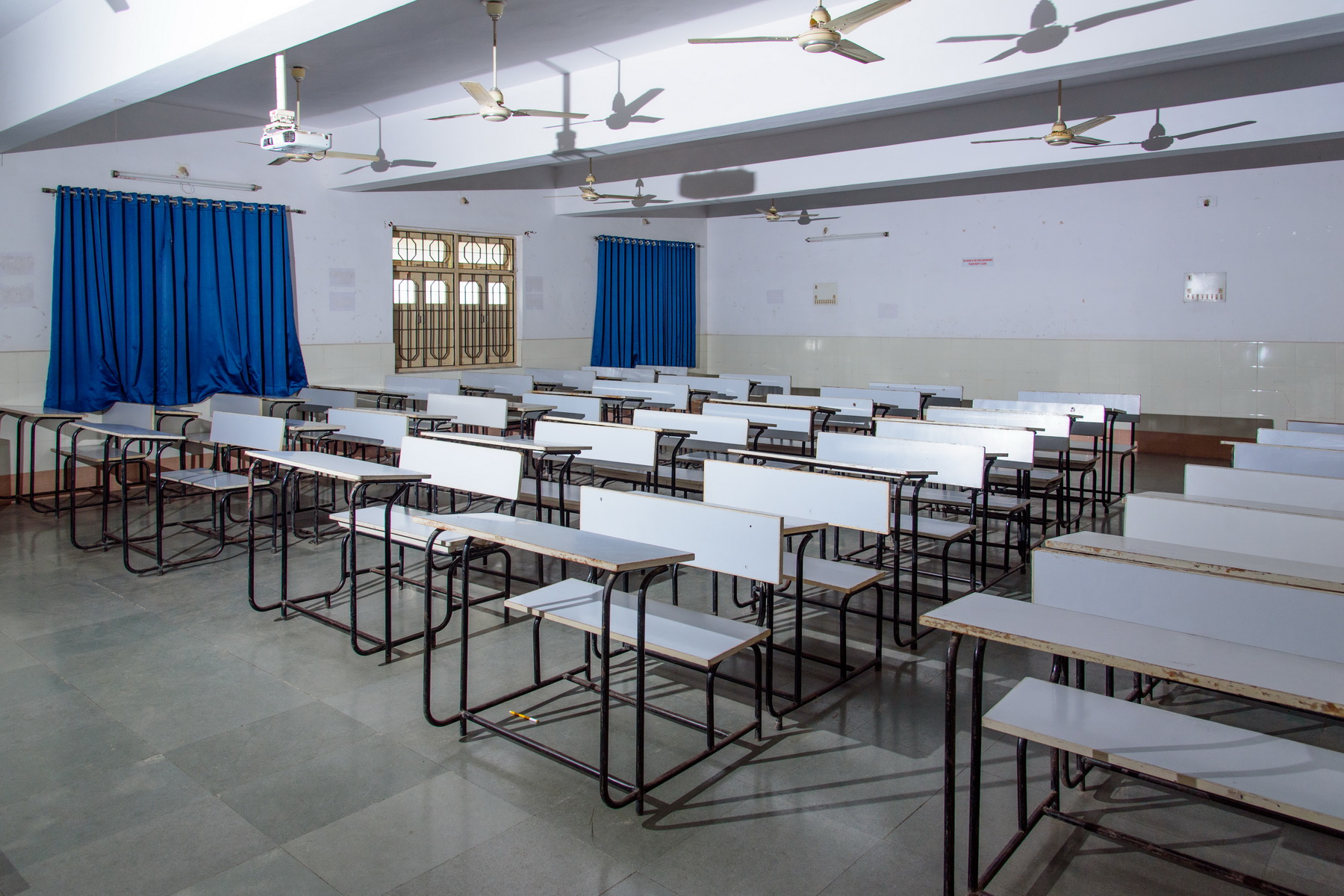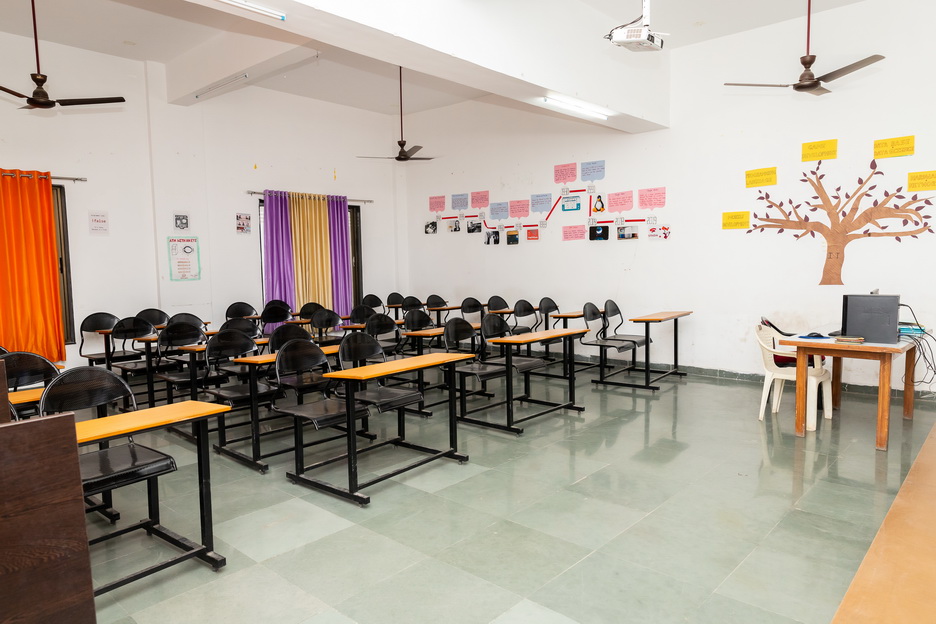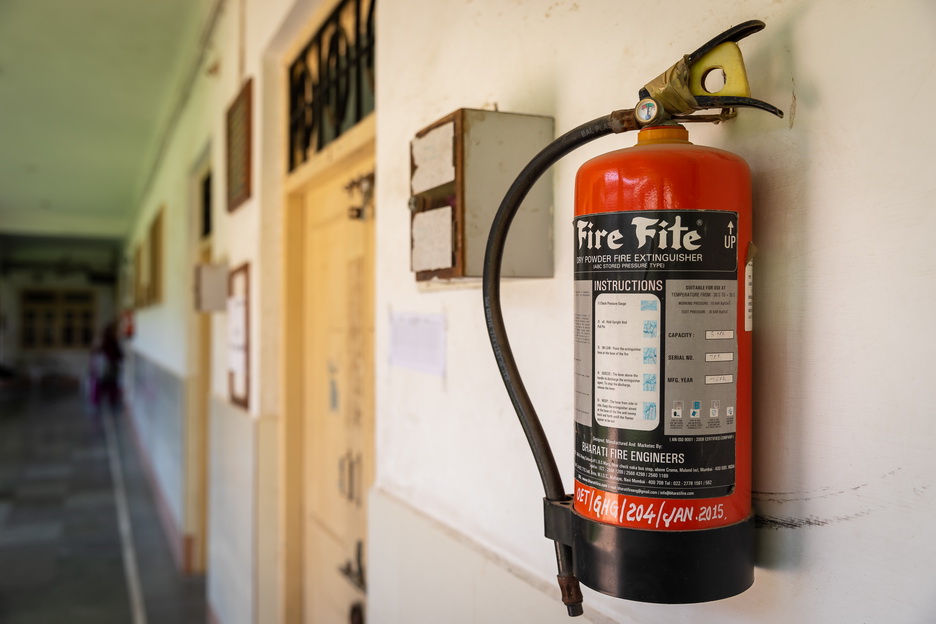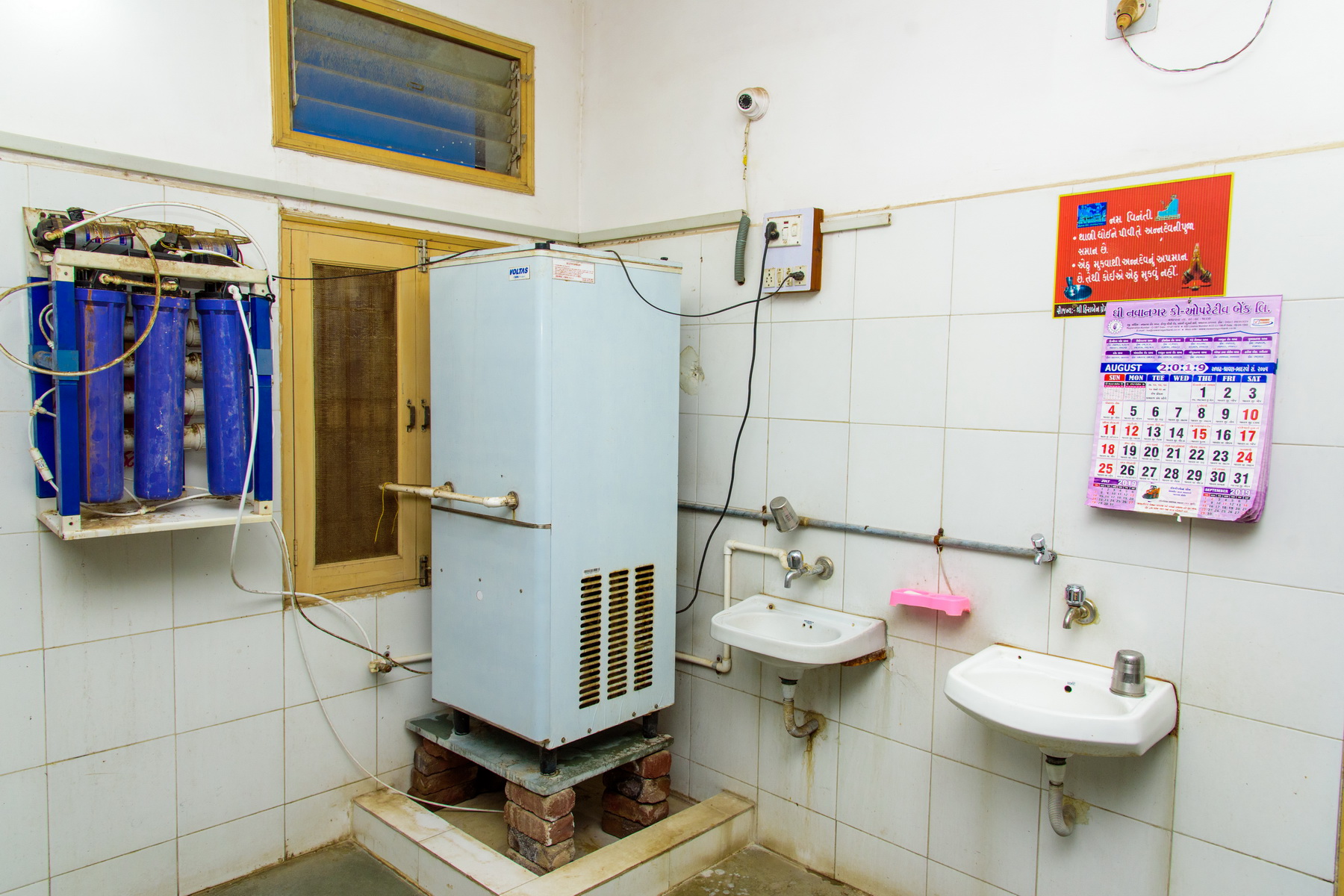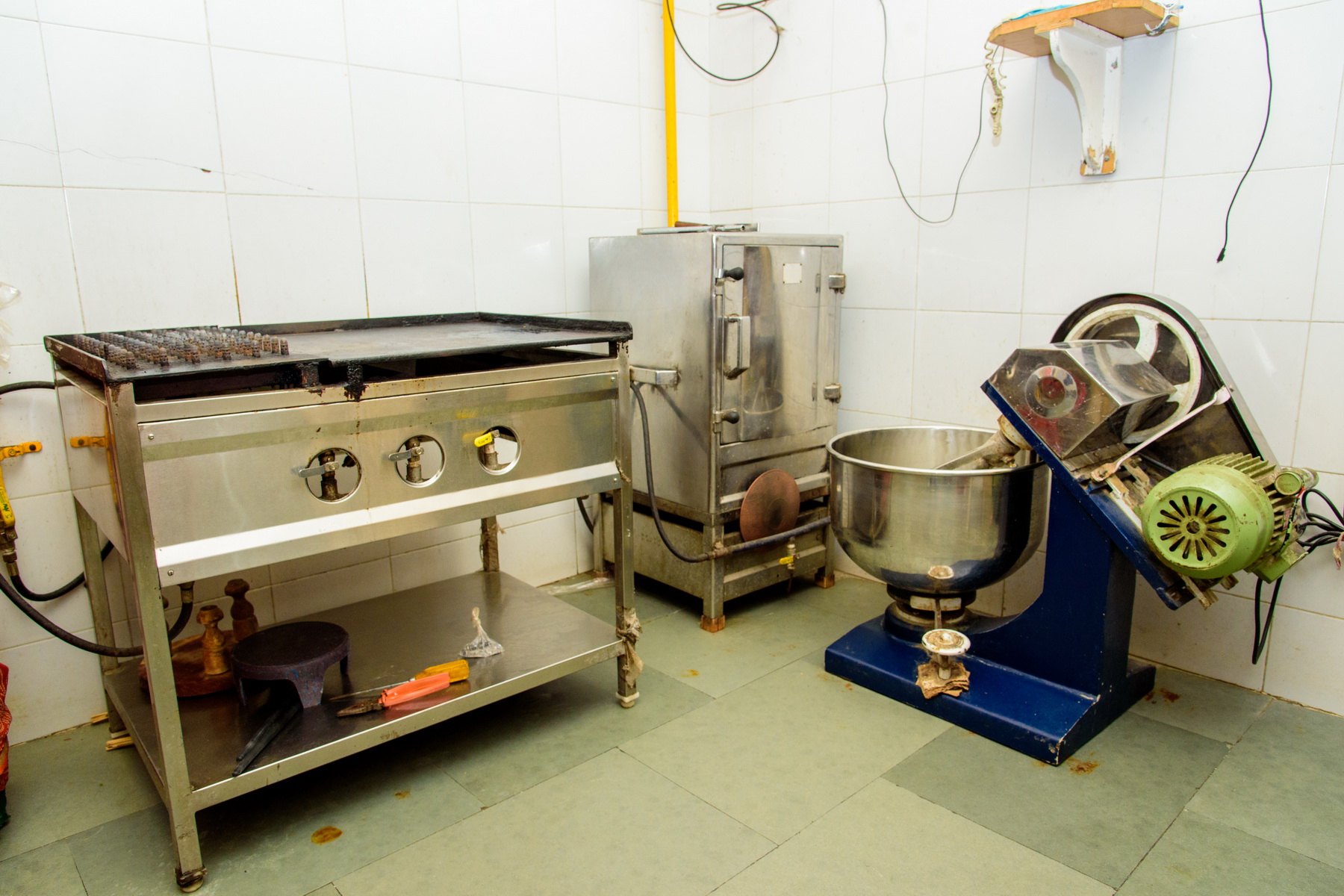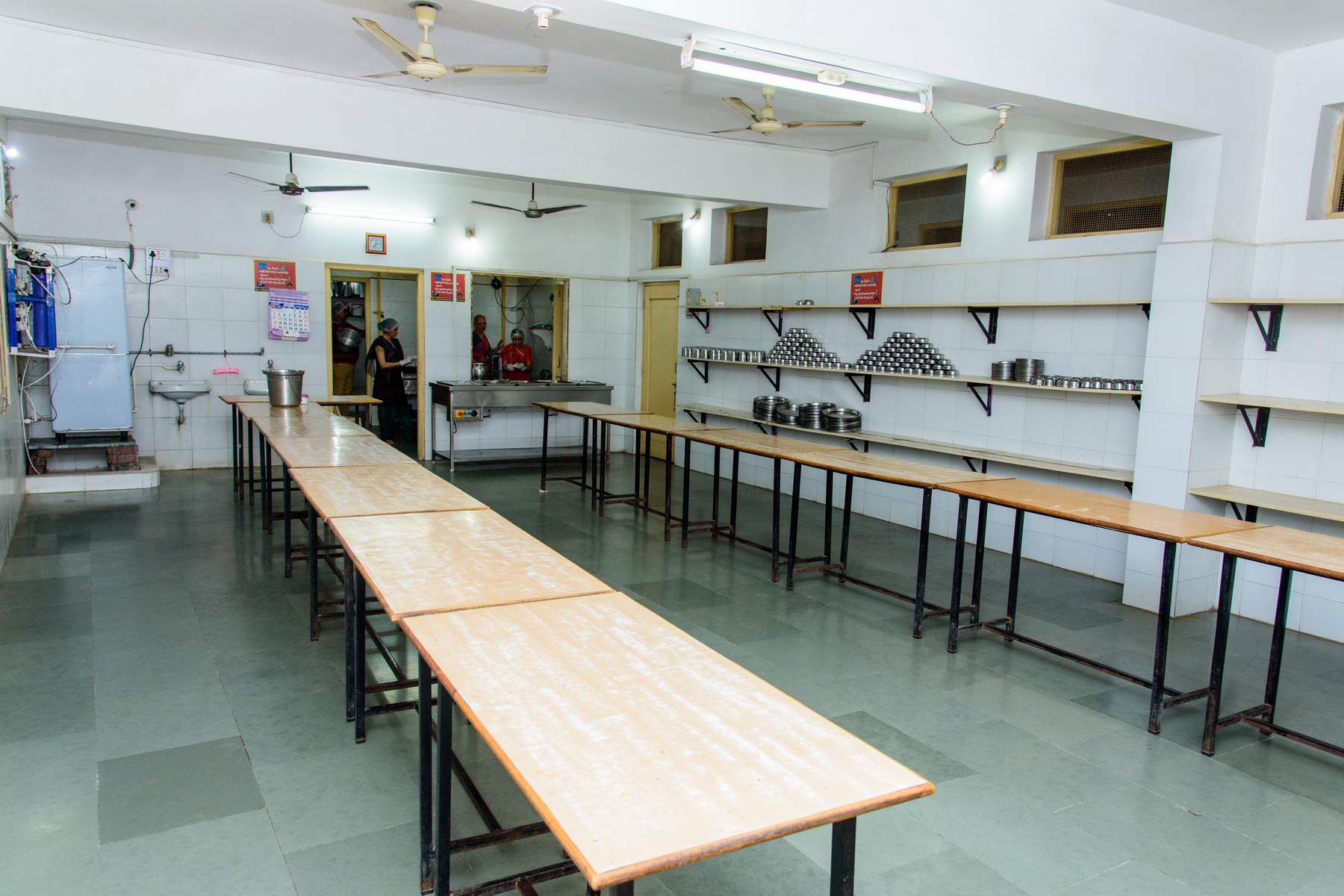Infrastructure of school
School infrastructure refers to the physical and organizational structures and facilities needed for the operation of educational institutions. It encompasses a variety of elements that contribute to the learning environment, directly impacting the effectiveness of teaching and the overall student experience. Key components of school infrastructure include.
A well-rounded school infrastructure not only supports academic learning but also promotes physical health, social interaction, and overall well-being of students and staff. It requires continuous investment and maintenance to adapt to evolving educational needs and technological advancements.
1. Buildings and Classrooms
Design and Layout:
Well-designed classrooms that facilitate interaction, visibility, and accessibility
Size and Capacity:
Adequate space to comfortably accommodate all students, allowing for various teaching methods and group activities.
Condition:
Proper maintenance and cleanliness to ensure a safe and healthy environment.
2. Furniture and Equipment
Desks and Chairs:
Ergonomically designed furniture suitable for different age groups.
Technological Tools:
Interactive whiteboards, projectors, computers, and other digital devices to support modern teaching methods.
Specialized Rooms:
Science labs, art studios, music rooms, and libraries equipped with appropriate materials and tools.
3. Utilities and Services
Electricity and Lighting:
Reliable power supply and adequate lighting for all areas, including classrooms and outdoor spaces.
Water and Sanitation:
Clean drinking water, well-maintained restrooms, and proper waste management systems
4. Outdoor Areas
Playgrounds and Sports Facilities:
Safe, well-maintained spaces for physical activities, sports, and recreation.
Gardens and Green Spaces:
Areas for environmental education and relaxation, contributing to a pleasant school environment.
5. Accessibility
Inclusive Design:
Facilities that accommodate students with disabilities, including ramps, elevators, and accessible restrooms.
Transport Links:
Safe and convenient access to the school via public transportation, school buses, and parking areas.
6. Administrative Facilities
Offices and Staff Rooms:
Facilities that accommodate students with disabilities, including ramps, elevators, and accessible restrooms.
Meeting Rooms:
Areas for staff meetings, parent-teacher conferences, and other gatherings.
